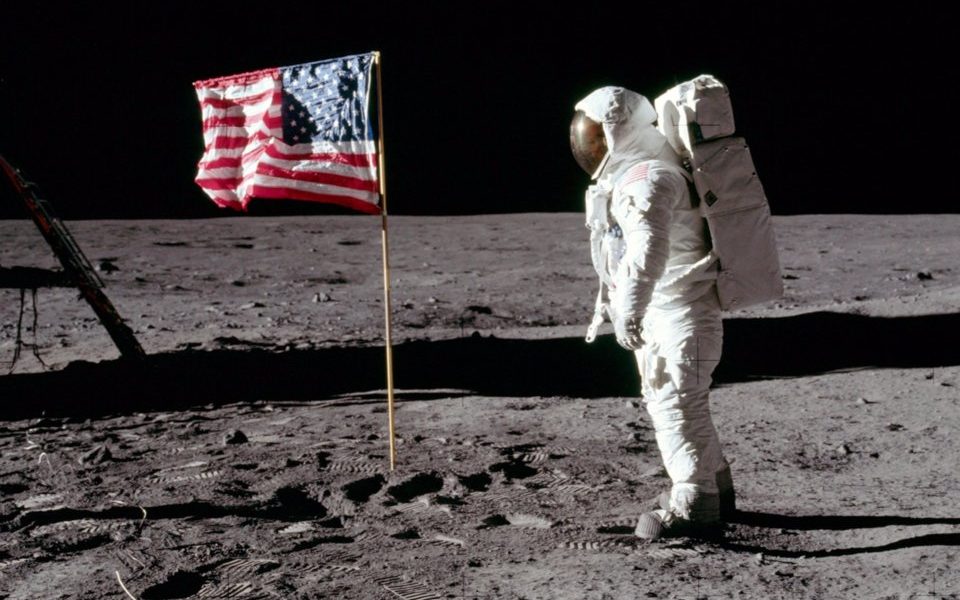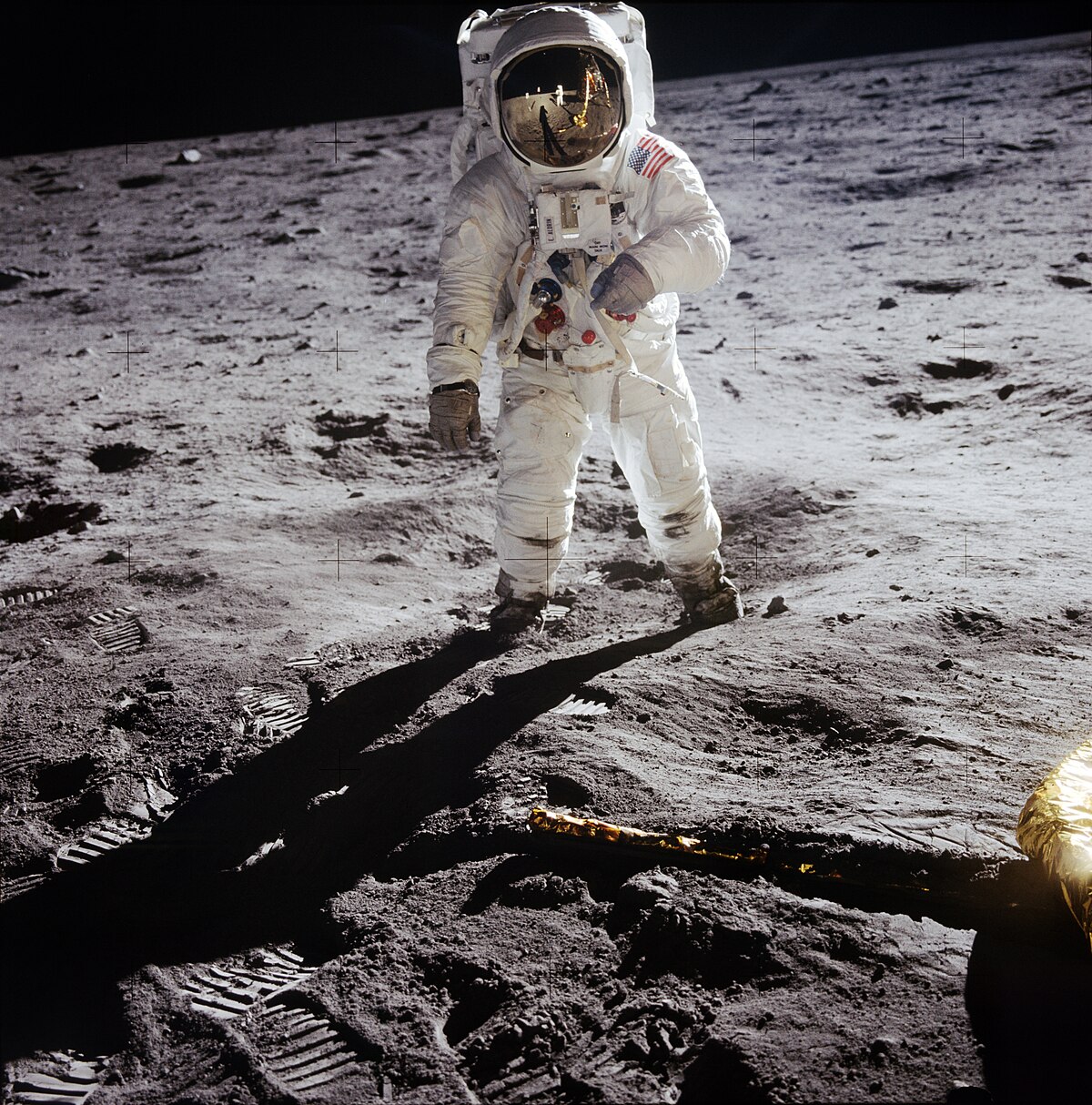The summer of 1969 marked a pivotal moment when human footprints first pressed into lunar dust. Neil Armstrong’s moonwalk wasn’t just a victory for NASA; it revolutionized life on Earth in ways we still experience today. Those first steps on the moon sparked a technological revolution that transformed everything from our smartphones to our running shoes.

Image credit: NASA via Science Museum Blog
The space race gifted us with innovations that now seem impossible to live without. Memory foam that cradles us during sleep started as NASA’s solution for crash protection. Wireless tools that surgeons use in operating rooms evolved from technology developed for lunar missions. Even the water purification systems in our homes trace their origins to spacecraft filtering methods.
The ripple effects of space exploration reached far beyond rocket science, fundamentally changing how we communicate. The same technology that helped astronauts talk to Mission Control now powers our satellite networks and GPS systems. These celestial innovations paved the way for our interconnected world, where instant global communication is now second nature.

Image credit: NASA via Wikipedia
When Johannes Gutenberg introduced his printing press in the 15th century, he sparked a revolution as transformative as the space race. Much like how Apollo 11 launched us into the space age, Gutenberg’s invention catapulted humanity into an era of mass communication. Books once painstakingly copied by hand suddenly became accessible to the masses.
This revolutionary shift in sharing knowledge mirrors our modern digital transformation. Today’s social media platforms and instant messaging apps carry the same revolutionary spirit as those first printed books. The printing press democratized knowledge just as the internet now connects billions of minds across the globe.
The thread of innovation weaves through art as well as technology. Leonardo da Vinci’s The Last Supper represents more than just artistic brilliance; it embodies the marriage of science and creativity. His experimental painting techniques, though ultimately flawed, demonstrated the same innovative spirit that drove space exploration centuries later.
Modern scientists continue discovering new details in The Last Supper using technology that would seem magical to da Vinci. Advanced imaging techniques reveal hidden sketches and paint layers, while mathematical analysis uncovers sophisticated geometric patterns. These discoveries show how past innovations continue inspiring modern breakthroughs.
Each breakthrough, whether in space, communication, or art, builds upon previous innovations. The same curiosity that drove humans to decode The Last Supper’s mysteries propelled us to the moon. This perpetual cycle of discovery and innovation continues shaping our future, proving that our greatest achievements often spring from our boldest dreams.
References:
Apollo 11 Moon Landing: The Most Difficult Moments – link
Apollo 11 – link
Apollo 11 Moon Landing: Everything You Need to Know – link
Categories: Do you know, History, Science, Space Exploration, Technology
Tags: Apollo 11, historical breakthroughs, Innovation, moon landing, NASA, Scientific Discovery, Space Exploration, technology
Religion: Secular
Country of Origin: Germany, Italy, United States, World
Topic: Space Exploration
Ethnicity: Multiple

